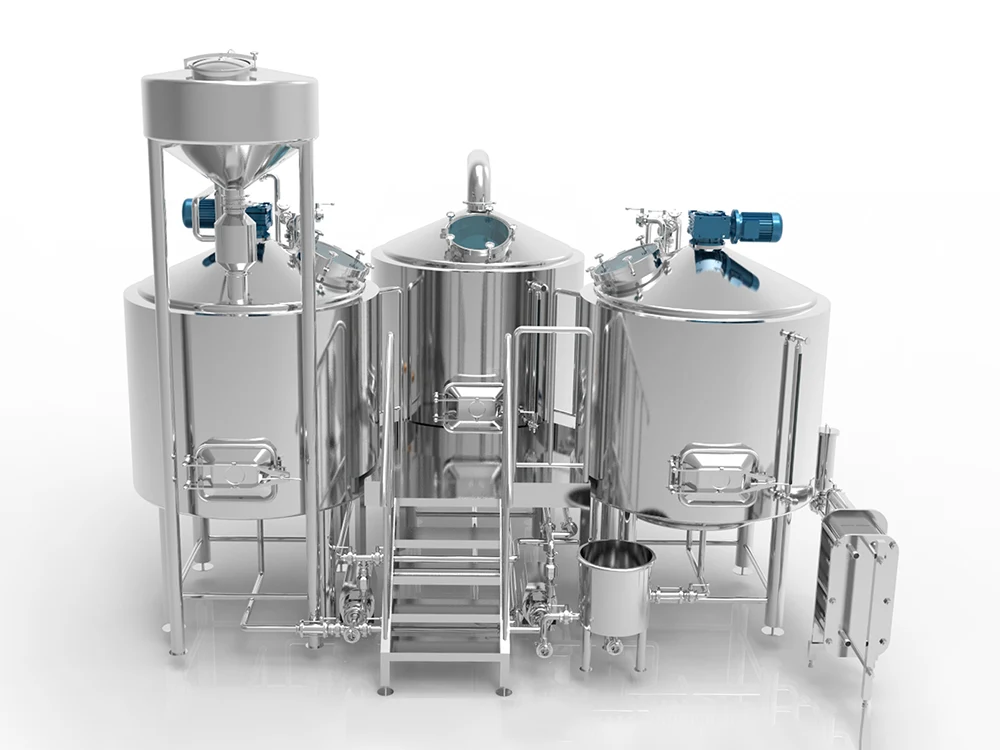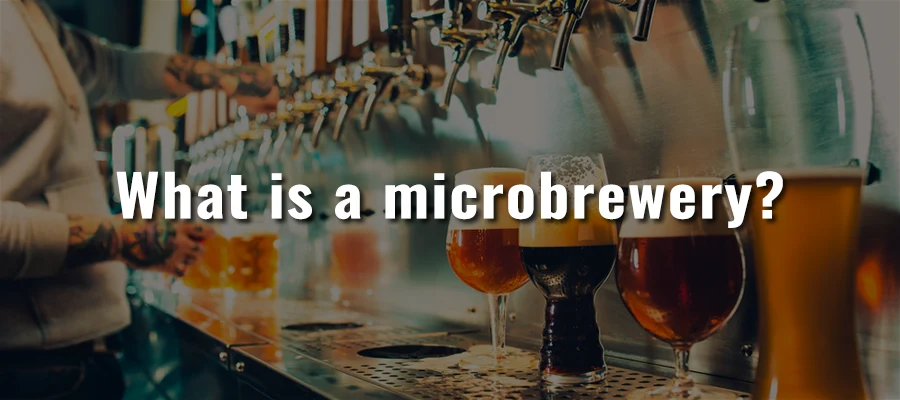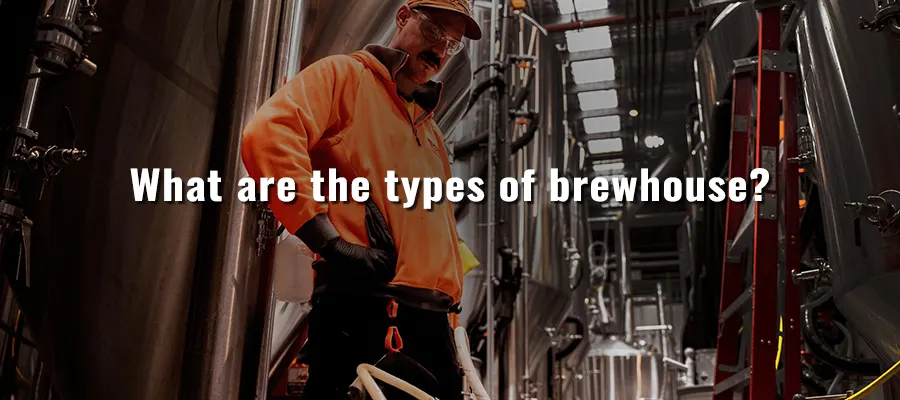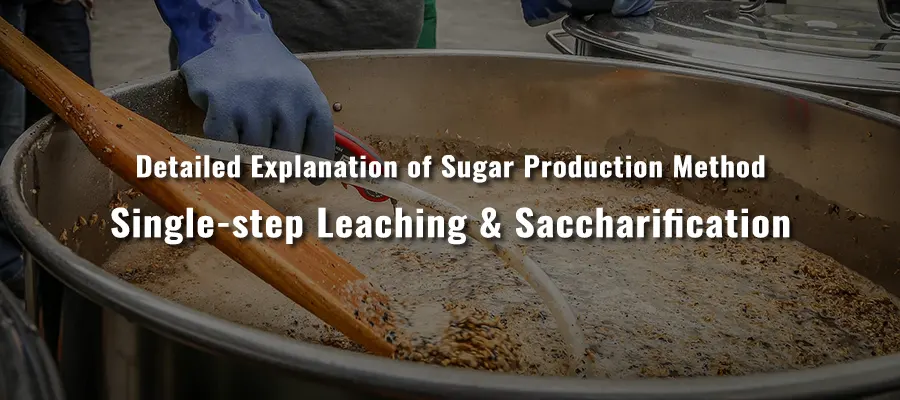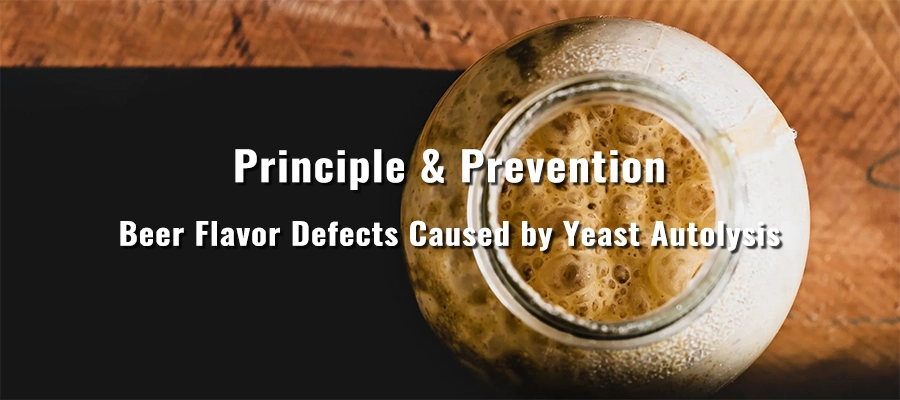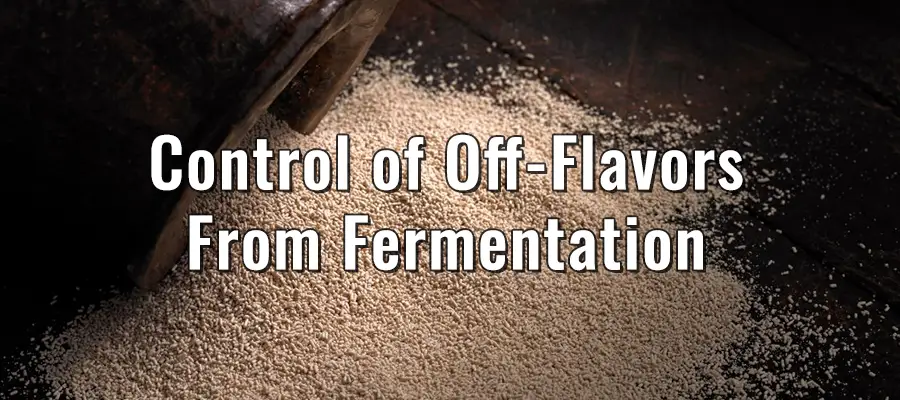A microbrewery is a type of craft brewery. It can produce 15,000 barrels or less of beer each year. Some microbrewery has small tasting rooms or brewpub. People often use microbrewery to refer to any enterprise that makes craft beer.
Système de brasserie en petits lots (1 HL - 10 HL)
Plus gros n'est pas toujours meilleur. Small Batch System peut brasser n'importe quel style/type de bière que vous voulez.
Système de micro-brasserie artisanale (10 HL - 30 HL)
Parce que les brasseries artisanales sont petites, elles ont plus de place pour innover que les brasseries commerciales.
Système de brasserie commerciale (30 HL - 100 HL)
La valeur pour nous n'est pas seulement que vous avez la capacité d'ingénierie, mais aussi les connaissances de brassage derrière cela…


